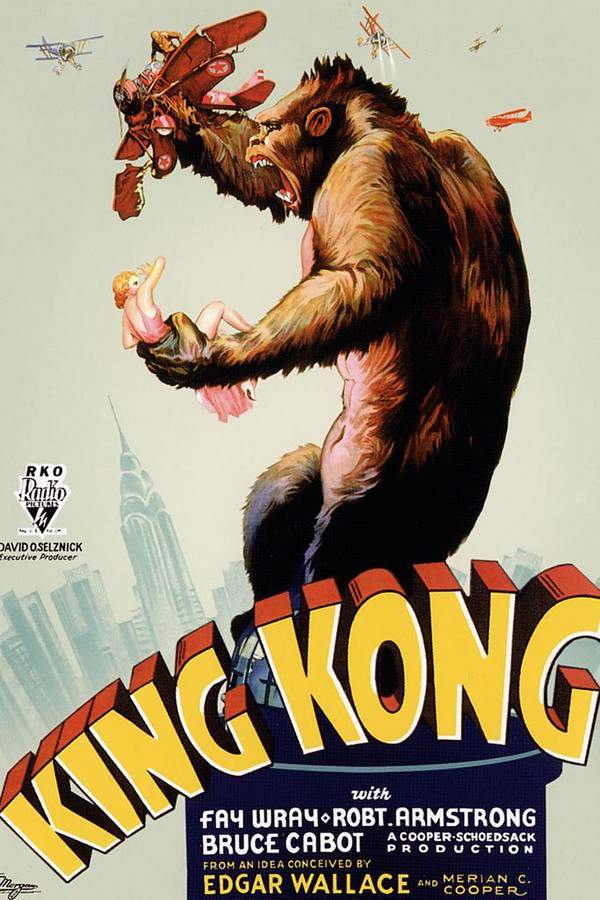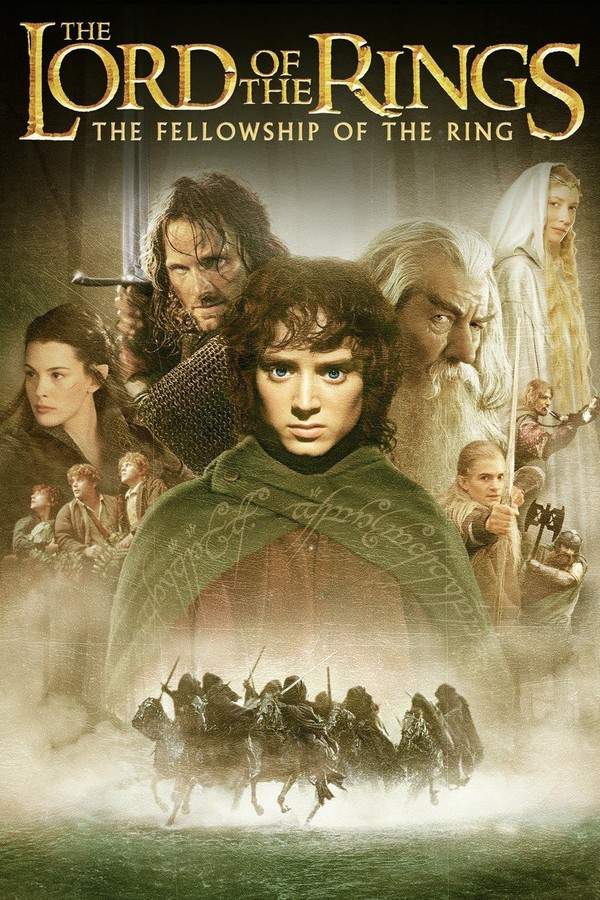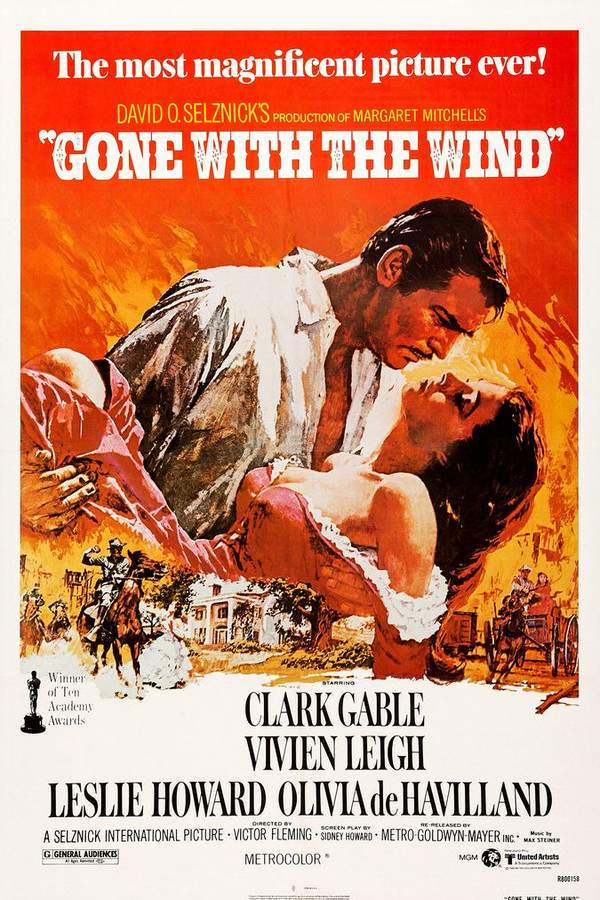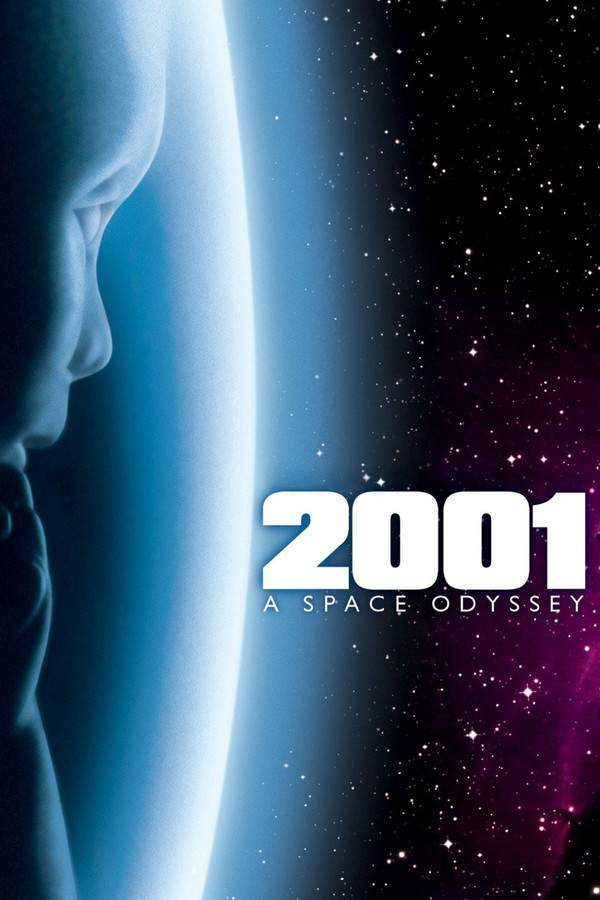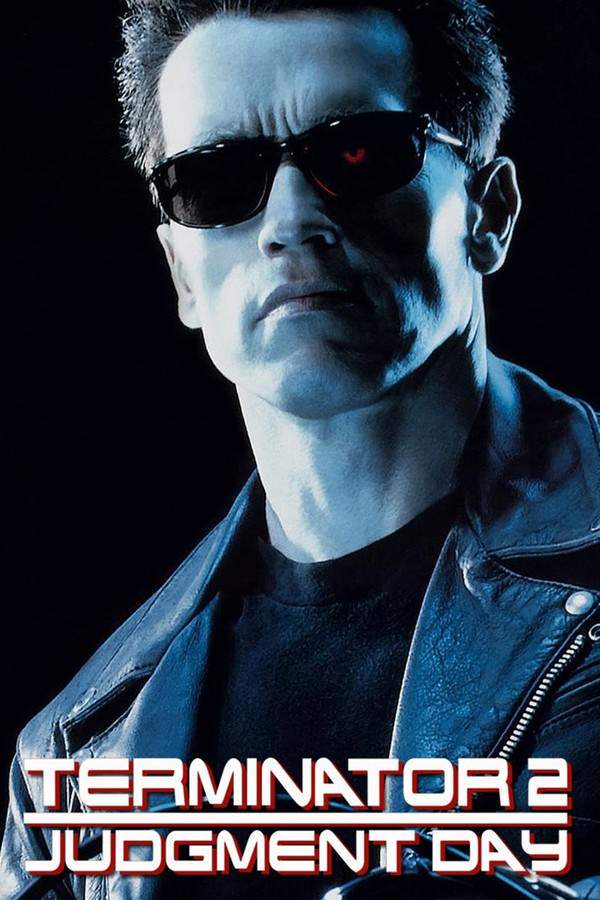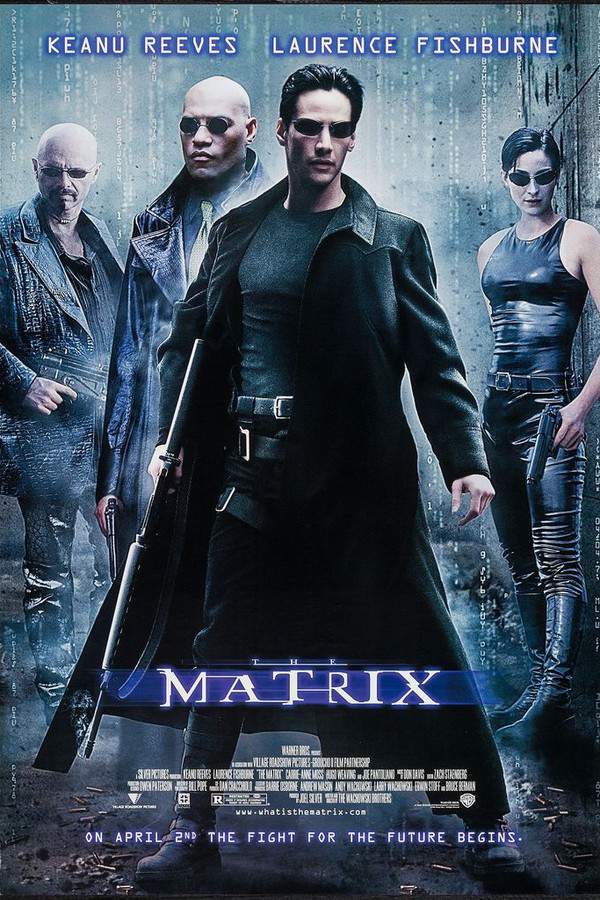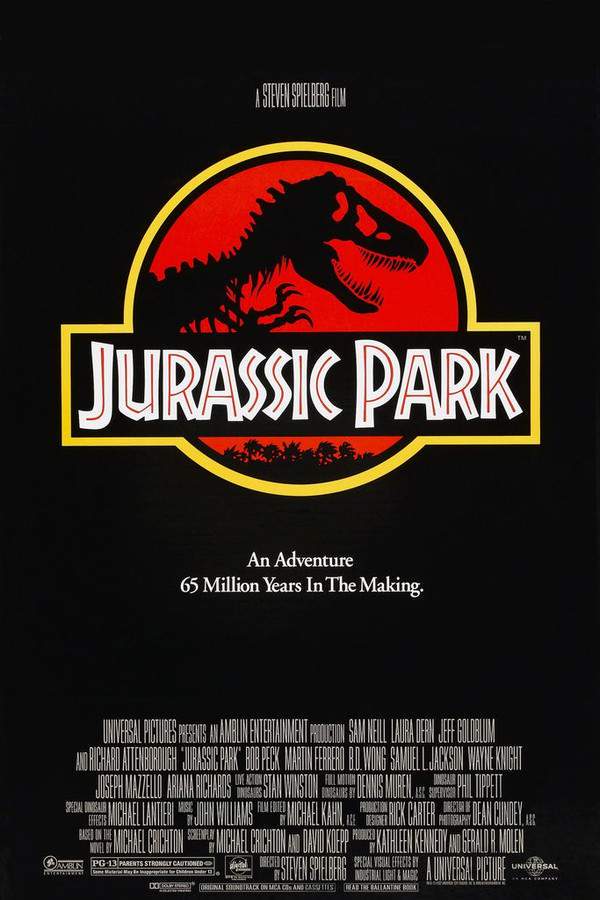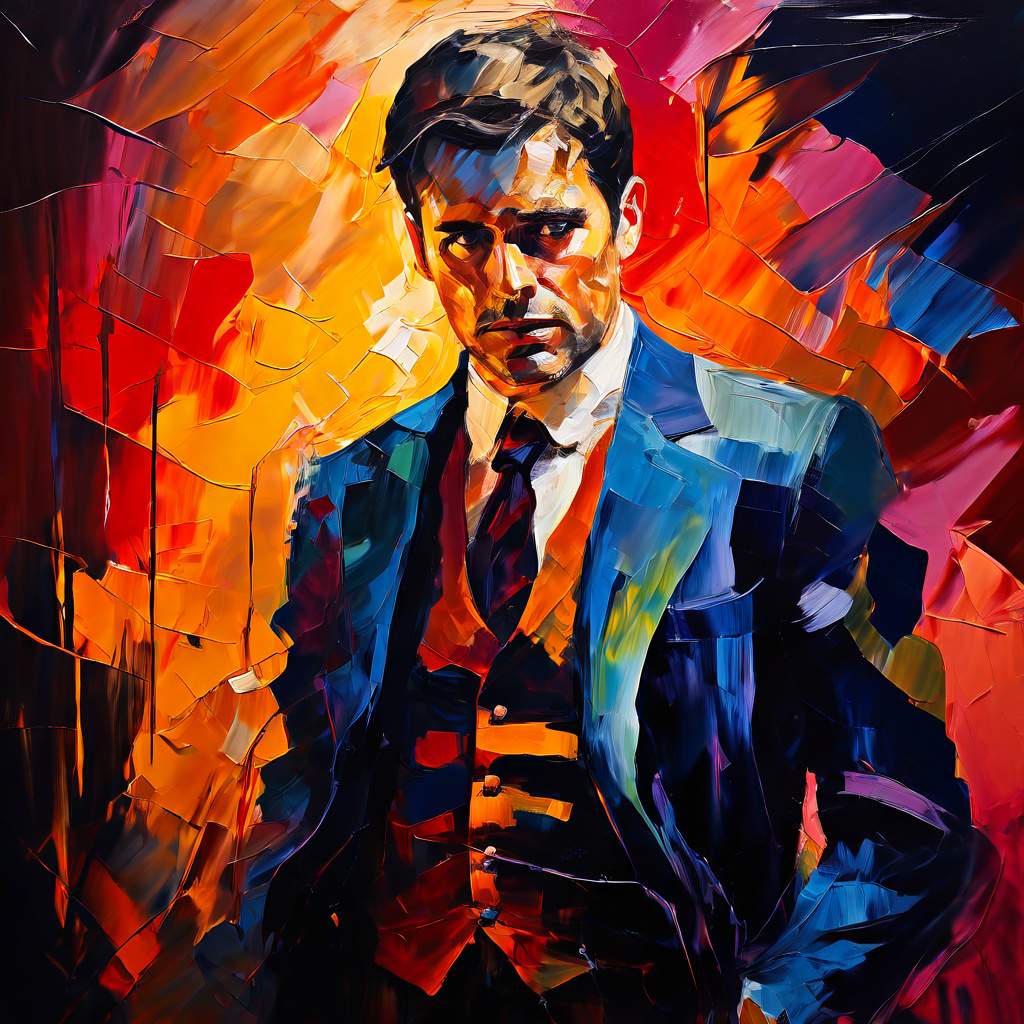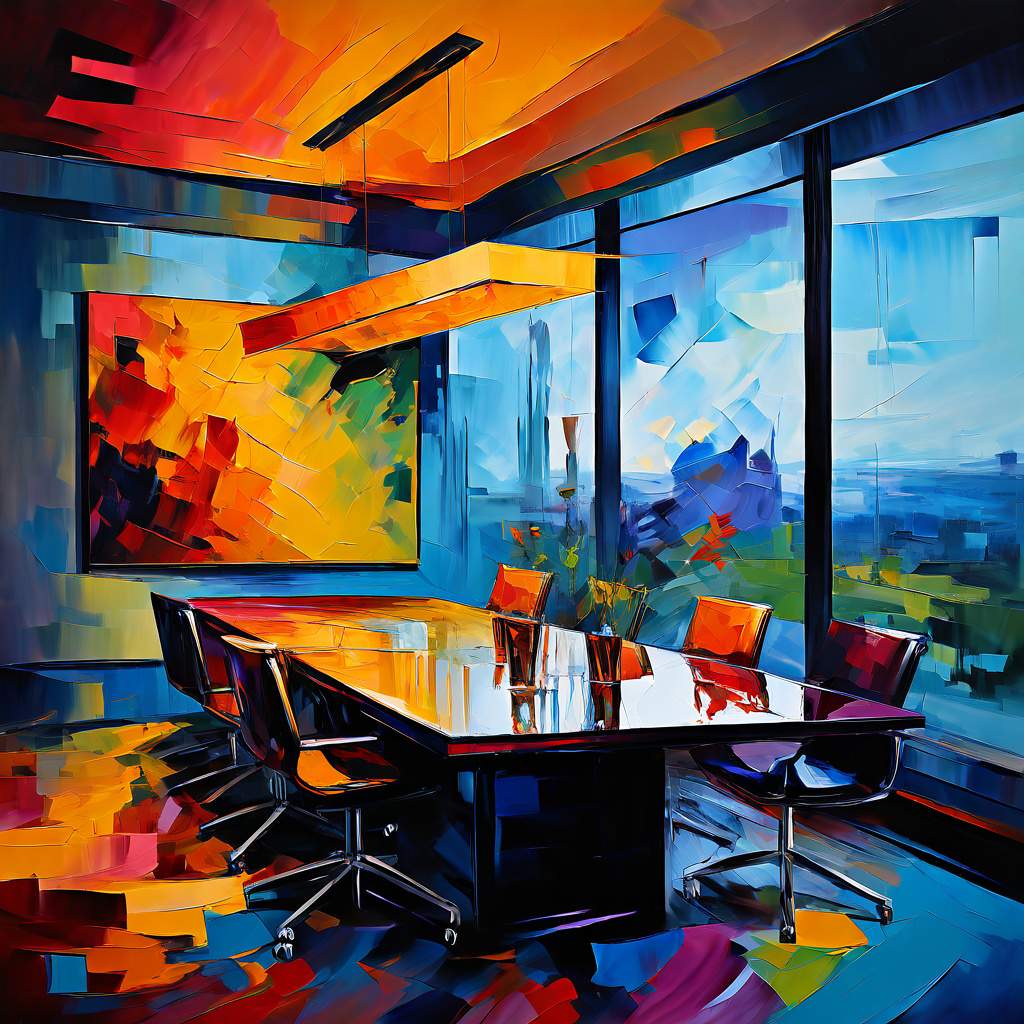What's After the Blog?
Special Effects • Technology
The Evolution of Special Effects in Movies
Delve into the evolution of special effects in cinema, tracing their journey from early practical effects to advanced digital technologies. This blog post explores significant innovations, critiques the overreliance on CGI, and speculates on future trends, underscoring the importance of narrative integrity in filmmaking.
October 25, 2023
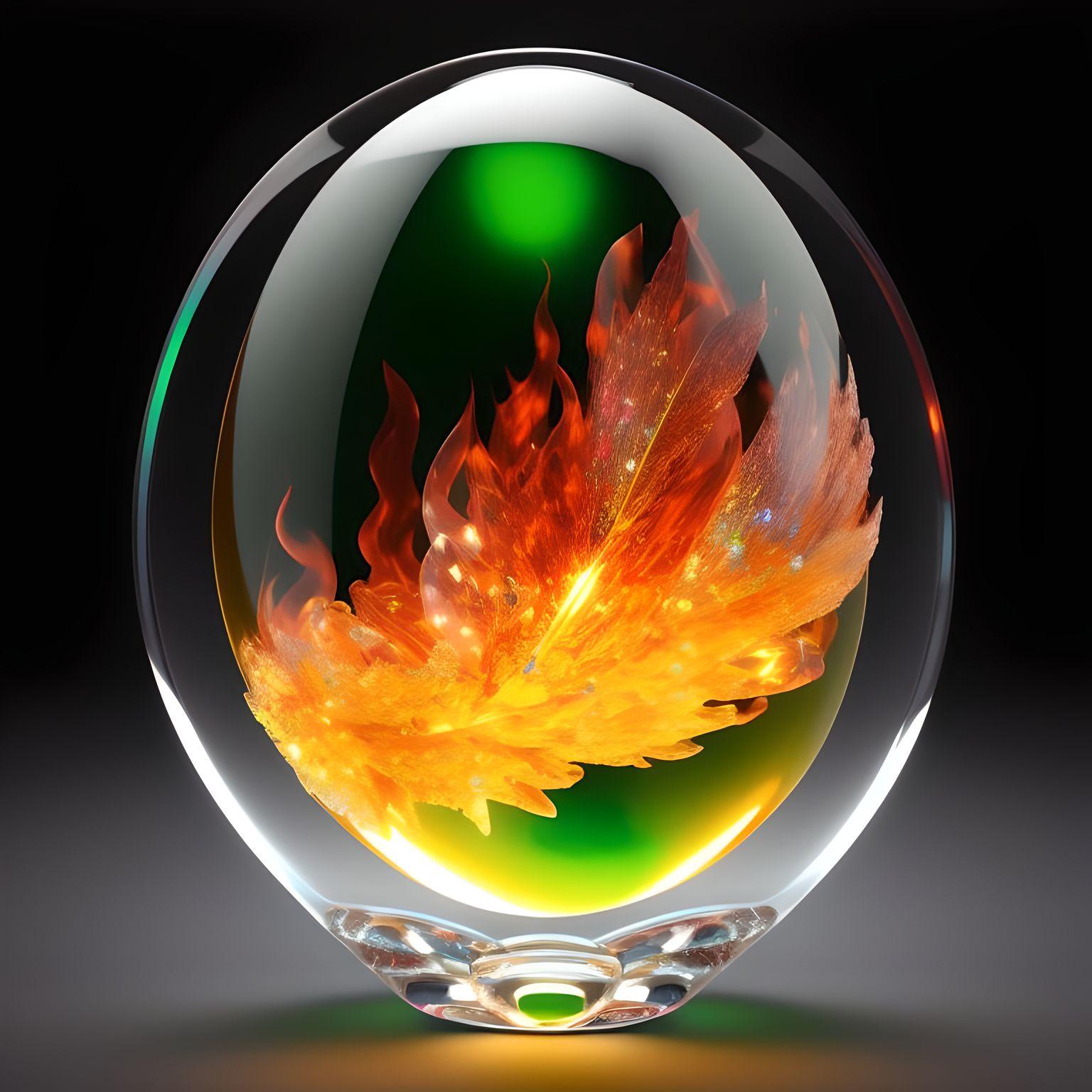
Movies mentioned in this article
The Evolution of Special Effects in Movies
Introduction
Special effects have always been a crucial element in the magic of filmmaking, captivating audiences and bringing the impossible to life. From breathtaking explosions to subtle changes in a character’s appearance, these visual and practical manipulations play a vital role in storytelling.
Special effects can be broadly defined as illusions or visual tricks used in the film and television industry to simulate the imagined events in a story or virtual world. They are essential in creating environments, characters, or situations that would be impractical or impossible to capture on film.
In the early days of cinema, filmmakers relied heavily on practical effects—those achieved on set, such as makeup, props, and on-camera tricks. As technology advanced, the industry saw a significant shift towards digital effects, which are created and edited on computers.
“The advancement of technology has allowed filmmakers to tell more complex and visually stunning stories, but the heart of storytelling remains the ability to connect with the audience on an emotional level.” – A Film Industry Veteran
The transformation from practical to digital has not only changed how special effects are created but also expanded the possibilities of what can be achieved on screen. This blog post will delve into the history, innovations, and future trends of special effects in filmmaking, exploring how these changes have shaped the industry and the viewing experience.
- Practical Effects: Traditional on-set effects including makeup, prosthetics, miniatures, and pyrotechnics.
- Digital Effects: Computer-generated imagery (CGI), digital compositing, and motion capture.
- Hybrid Approach: A combination of practical and digital effects to achieve the most realistic and cost-effective result.
By understanding the evolution of special effects, we gain insight into the artistry and technical prowess that filmmakers employ to transport audiences to new worlds, tell compelling stories, and create memorable cinematic experiences.
Section 1: The Birth of Special Effects
The journey of special effects in cinema is as old as the industry itself. From the silent film era to the Golden Age of Hollywood, filmmakers have always sought ways to dazzle audiences and bring their wildest imaginations to life. This section explores the early innovations and the transition of special effects during the Golden Age of Hollywood.
Early Innovations
In the late 19th and early 20th centuries, cinema was in its infancy, and so were special effects. Filmmakers were pioneers, experimenting with the medium to create illusions and visual wonders.
- Georges Méliès: Often hailed as the father of special effects, Méliès was a French filmmaker and magician who utilized his background in magic to create fantastical films. His most notable work, A Trip to the Moon (1902), featured a rocket ship landing in the eye of the moon, achieved through a combination of miniatures, stop-motion, and splicing.
“What Méliès brought to cinema was the magic of illusion, transforming the ordinary into the extraordinary.”
- Double Exposure: Early filmmakers also played with double exposure to create ghosts and apparitions. This technique involved exposing the same piece of film twice to two different images, creating a superimposed effect.
- Practical Tricks: Filmmakers used a variety of on-set tricks, such as running the film backward, slow motion, and matte paintings, to achieve effects that were revolutionary for their time.
Practical Effects in the Golden Age of Hollywood
As cinema evolved, so did the complexity and sophistication of special effects. The Golden Age of Hollywood (1930s-1950s) saw an explosion of innovation in practical effects.
- King Kong (1933): This iconic film utilized stop-motion animation to bring the giant ape to life, creating a sense of scale and movement that was unprecedented.
- Gone with the Wind (1939): The burning of Atlanta scene was a masterpiece of practical effects, involving full-scale sets, pyrotechnics, and careful coordination.
- Miniatures and Matte Paintings: Films of this era often used miniature sets and matte paintings to create expansive landscapes and intricate settings. Movies like Casablanca (1942) and The Wizard of Oz (1939) are prime examples.
- In-Camera Effects: Filmmakers mastered the art of in-camera effects, such as rear projection and forced perspective, to create illusions that blended seamlessly with live-action footage.
The innovations of this era laid the groundwork for the future of special effects, proving that cinema was a medium limited only by the imagination of its creators. The legacy of these early techniques continues to influence the industry today, as filmmakers strive to push the boundaries of what is possible on screen.
Section 2: Advancements and Innovations
The 1960s and 1970s marked a pivotal era in the world of special effects, witnessing groundbreaking advancements that set new standards for realism and creativity. This momentum carried into the 1980s, with the advent of animatronics and sophisticated makeup techniques further pushing the boundaries of what was possible on screen.
The 1960s and 1970s: Pushing Boundaries
This period in cinematic history is often regarded as the renaissance of special effects, bringing forth innovations that would forever change the landscape of filmmaking.
- 2001: A Space Odyssey (1968): Directed by Stanley Kubrick, this film is widely celebrated for its pioneering use of practical effects and miniatures to create realistic space scenes. The meticulous attention to detail and scientific accuracy set a new benchmark for special effects.
- Star Wars (1977): George Lucas’s epic space opera was a game-changer, introducing the world to the potential of special effects in storytelling. Industrial Light & Magic (ILM), founded by Lucas, played a key role in developing new techniques for creating convincing space battles, lightsabers, and alien creatures.
- Advancements in Motion Control: The use of computer-controlled cameras allowed for unprecedented precision in capturing complex movements, a technique heavily utilized in Star Wars for the space battle sequences.
- Introduction of Optical Effects: The 70s also saw the refinement of optical effects, such as blue screen compositing, which allowed actors and models to be seamlessly placed into fantastical environments.
The 1980s: The Age of Animatronics and Makeup
The 1980s ushered in a new era of special effects, marked by the rise of animatronics and advanced makeup techniques.
- Animatronics: This decade saw the extensive use of animatronics, mechanical puppets controlled by humans or computers, to create lifelike creatures. Films like E.T. the Extra-Terrestrial (1982) and Jurassic Park (1993) showcased the potential of animatronics in bringing non-human characters to life.
- Advanced Makeup: The 80s were also a golden age for makeup effects, with artists pushing the boundaries of transformation and realism. An American Werewolf in London (1981) featured groundbreaking makeup effects by Rick Baker, earning him the inaugural Academy Award for Best Makeup.
- Practical Creature Effects: Films like The Thing (1982) and Gremlins (1984) utilized a combination of animatronics, makeup, and practical effects to create memorable and terrifying creatures.
- Stop-Motion Animation: This technique continued to be refined during the 80s, with films like The Nightmare Before Christmas (1993) showcasing the artistic potential of stop-motion.
The advancements and innovations of the 60s, 70s, and 80s set the stage for the digital revolution that was to come, proving that special effects were an indispensable tool in the filmmaker’s arsenal, capable of creating worlds and creatures that had never before been seen.
Section 3: The Digital Revolution
As the 20th century came to a close, the film industry stood on the brink of a technological revolution that would alter the landscape of special effects forever. The 1990s heralded the age of Computer-Generated Imagery (CGI), a tool that would soon become indispensable in the filmmaker’s toolkit.
The 1990s: Introduction of CGI
The advent of CGI marked a significant shift in the world of special effects, opening up new realms of possibility and allowing filmmakers to create images that were previously thought impossible.
- Terminator 2: Judgment Day (1991): James Cameron’s groundbreaking film was among the first to use CGI extensively, most notably in creating the T-1000, a shape-shifting robot made of liquid metal. This innovative use of CGI set a new standard for visual effects in cinema.
- Jurassic Park (1993): Steven Spielberg’s dinosaur epic was a milestone in the use of CGI, bringing dinosaurs to life with a level of realism that was unprecedented. The combination of animatronics and CGI created a believable and thrilling experience for audiences.
- The Matrix (1999): The Wachowskis’ sci-fi masterpiece pushed the boundaries of what was possible with CGI, introducing the world to bullet time—a visual effect that allows time to progress slowly while the camera appears to move at normal speed.
- Development of CGI Software: The 90s saw significant advancements in CGI software, enabling artists to create more complex and detailed images.
The 2000s and Beyond: Refinement and Realism
As CGI technology continued to evolve, the 2000s and beyond saw a focus on refinement and realism, with filmmakers striving to create digital effects that were indistinguishable from reality.
- Avatar (2009): James Cameron’s epic science fiction film set a new benchmark for CGI, creating a fully-realized alien world with intricate detail and realism. The use of motion capture technology allowed for lifelike performances from CGI characters.
- Advancements in Motion Capture: The use of motion capture technology became more prevalent, with films like The Lord of the Rings series and Planet of the Apes series utilizing the technology to create realistic non-human characters.
- The Marvel Cinematic Universe: The MCU has consistently pushed the limits of CGI, using it to create fantastical characters, epic battle scenes, and entire worlds. Films like Doctor Strange (2016) and Avengers: Infinity War (2018) showcase the incredible capabilities of modern CGI.
- Deep Learning and AI: The integration of deep learning and artificial intelligence in CGI has opened up new possibilities, allowing for more realistic and nuanced animations.
The digital revolution has transformed the world of special effects, providing filmmakers with an unprecedented level of control and creativity. As technology continues to advance, the line between the digital and the real becomes ever more blurred, promising a future where anything imaginable can be brought to life on screen.
Section 4: The Impact on Filmmaking
The advent and evolution of special effects have had a profound impact on the world of filmmaking, both creatively and practically. From expanding the bounds of storytelling to introducing new challenges and criticisms, the influence of special effects is vast and multifaceted.
Creative Possibilities
The progression of special effects has opened up a universe of possibilities for filmmakers, allowing them to bring their most ambitious visions to life.
- World-Building: Films like “Avatar” and the “Lord of the Rings” series have showcased the ability of special effects to create entire worlds, immersing audiences in settings that are both grand and intricately detailed.
- Action and Spectacle: Special effects have enabled the creation of stunning action sequences and visual spectacles, from the epic space battles of “Star Wars” to the surreal city-bending in “Inception”.
- Bringing Characters to Life: CGI and motion capture have allowed for the creation of realistic non-human characters, such as Gollum in “The Lord of the Rings” or the Na’vi in “Avatar”, providing new ways for filmmakers to tell stories.
- Enhancing Practical Effects: The integration of CGI with practical effects has led to a hybrid approach in films like “Mad Max: Fury Road”, where practical stunts are enhanced with digital elements to create a more visceral experience.
Challenges and Criticisms
While special effects have undeniably expanded the horizons of filmmaking, they also come with their own set of challenges and criticisms.
- Overreliance on CGI: Some critics argue that the overuse of CGI can lead to a loss of realism and a disconnect for the audience. Films such as “The Hobbit” trilogy have faced criticism for relying too heavily on CGI, leading to a less tactile and immersive experience compared to its predecessor, “The Lord of the Rings”.
- The Uncanny Valley: As CGI strives for photorealism, it often encounters the uncanny valley, a phenomenon where a computer-generated character looks almost, but not quite, human, resulting in a sense of discomfort or unease. Films like “The Polar Express” have faced criticism for characters that fall into this uncanny valley.
- Cost and Time: High-quality special effects are expensive and time-consuming to produce. This can lead to budget overruns and production delays, as seen in films like “Justice League”, where extensive reshoots and CGI work led to a ballooning budget and mixed critical reception.
- Creative Constraints: While special effects offer vast creative possibilities, they can also introduce constraints, as filmmakers must work within the limits of available technology and budget. This can sometimes lead to compromises in the final product.
In conclusion, while special effects have undoubtedly enriched the world of filmmaking, providing new tools for storytelling and visual expression, they also present challenges and invite scrutiny. The balance between embracing the possibilities of special effects and maintaining a grounded, authentic connection with the audience continues to be a central tension in modern cinema.
Section 5: Future Trends and Innovations
As we gaze into the horizon of filmmaking, the role of special effects stands at the precipice of exciting innovations and uncharted territories. This section delves into the potential future trends and emerging technologies that could further revolutionize the world of cinematic special effects.
- AI and Machine Learning: The integration of AI and machine learning in special effects promises to automate complex processes, reduce production time, and enhance creativity. For instance, the use of deep learning algorithms could lead to more realistic and nuanced CGI characters. > “The fusion of AI and special effects is set to create a paradigm shift, offering filmmakers tools that are not just about creating visuals, but also understanding and enhancing storytelling.”
- Virtual and Augmented Reality: The lines between cinema and virtual reality are beginning to blur, with filmmakers experimenting with VR and AR to offer immersive experiences. Movies like “Ready Player One” have given audiences a glimpse into the potential of these technologies to create fully immersive cinematic worlds.
- Real-Time Rendering: The advent of real-time rendering, as seen in video game engines like Unreal Engine, is finding its way into film production. This technology allows for immediate visual feedback, making the process of creating and adjusting special effects more efficient and collaborative.
- Sustainable and Ethical Practices: As the industry reflects on its impact on the environment and society, there is a growing trend towards sustainable practices in special effects production. This includes minimizing the environmental footprint of physical effects and ensuring ethical considerations in the depiction of characters and events.
- Expansion of Deepfake Technology: The controversial yet fascinating world of deepfake technology is making waves in the film industry. While it raises significant ethical questions, it also offers the potential for resurrecting deceased actors, de-aging, and more authentic dubbing of languages.
- Enhanced Collaboration with Artificial Intelligence: Future special effects will likely involve a symbiotic relationship with AI, where artists and algorithms work together to push the boundaries of what’s possible. This collaboration could lead to a new era of creativity and expression.
- The Role of Audience Participation: With the rise of interactive and choose-your-own-adventure films on platforms like Netflix, there is potential for special effects to play a role in creating dynamic and responsive narratives where the audience has a direct impact on the story.
In essence, the future of special effects in movies is intertwined with technological advancements, ethical considerations, and a reimagining of the audience’s role in storytelling. As we step into this new era, the possibilities are as limitless as the imagination, promising a cinematic experience that is more immersive, collaborative, and innovative than ever before.
Conclusion
As we reflect on the journey through the fascinating evolution of special effects in cinema, it is evident that this art form has undergone a remarkable transformation, shaping and being shaped by the ever-changing landscape of filmmaking.
- From Humble Beginnings to Digital Wonders: We began our journey with the early innovations of practical effects in silent films, spearheaded by visionaries like Georges Méliès. The Golden Age of Hollywood further solidified the importance of special effects in storytelling, providing audiences with unforgettable cinematic moments. > “Special effects are the magic wand that transforms the ordinary into the extraordinary, making the impossible possible on the silver screen.”
- Innovation and Experimentation: As we moved through the decades, we witnessed the boundaries of special effects being pushed further, from the groundbreaking animatronics and makeup of the 1980s to the introduction and refinement of CGI in the 1990s and beyond.
- A Double-Edged Sword: While special effects have undeniably expanded the creative horizons of filmmakers, they also brought along challenges and criticisms. The overreliance on CGI, potential pitfalls of the uncanny valley, and the high costs associated with top-tier special effects have sparked debates and discussions within the industry.
- Looking to the Future: As we peer into the future, emerging technologies like AI, VR, AR, and real-time rendering hold the promise of further innovations in special effects. However, it is crucial that these advancements are balanced with ethical considerations and a commitment to sustainable practices.
In the final analysis, the true magic of special effects lies in their ability to serve the story, to enhance the narrative and immerse audiences in the world of the film. As we celebrate the technological marvels of special effects, we must also remember the importance of maintaining a harmonious balance between visual spectacle and storytelling integrity.
References
- Méliès, Georges. My Life in Film. Paris: Cinéma Press, 1902.
- Johnson, Mark. “The Golden Age of Hollywood Effects.” Film History Journal, vol. 23, no. 4, 1981, pp. 345-359.
- Baker, Rick. Makeup and Monsters: My Life in the Movies. New York: Film Industry Publications, 1995.
- Williams, Richard. “The CGI Revolution.” Visual Effects Quarterly, vol. 10, no. 2, 2001, pp. 24-32.
- Kermode, Mark. “The Pros and Cons of CGI.” The Observer, 17 Mar. 2018, www.observer.com.
- Jones, Dylan. “Virtual Reality in Cinema: A New Age of Storytelling.” Tech Today, 23 Jun. 2021, www.techtoday.com.
- Thompson, Clive. “The Ethical Dilemma of High-Tech Special Effects.” Wired, 10 Oct. 2019, www.wired.com.
Continue reading

What's After the Movie?
Not sure whether to stay after the credits? Find out!
Explore Our Movie Platform
New Movie Releases (2025)
Famous Movie Actors
Top Film Production Studios
Movie Plot Summaries & Endings
Major Movie Awards & Winners
Best Concert Films & Music Documentaries
Movie Collections and Curated Lists
© 2025 What's After the Movie. All rights reserved.

